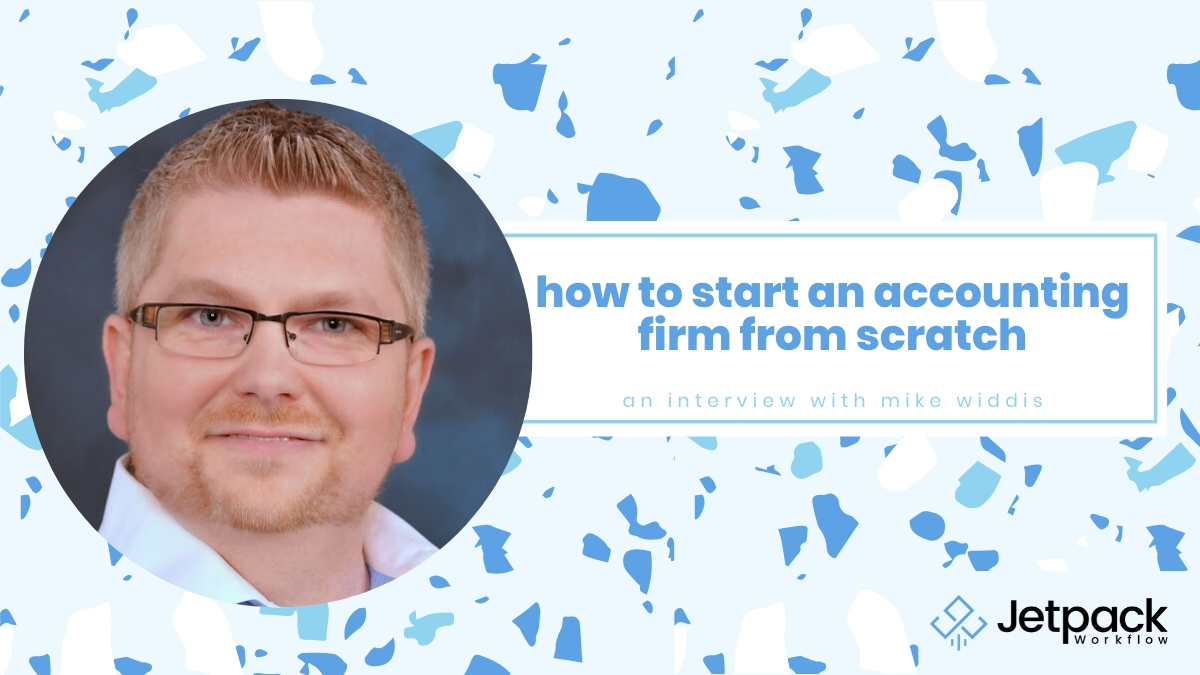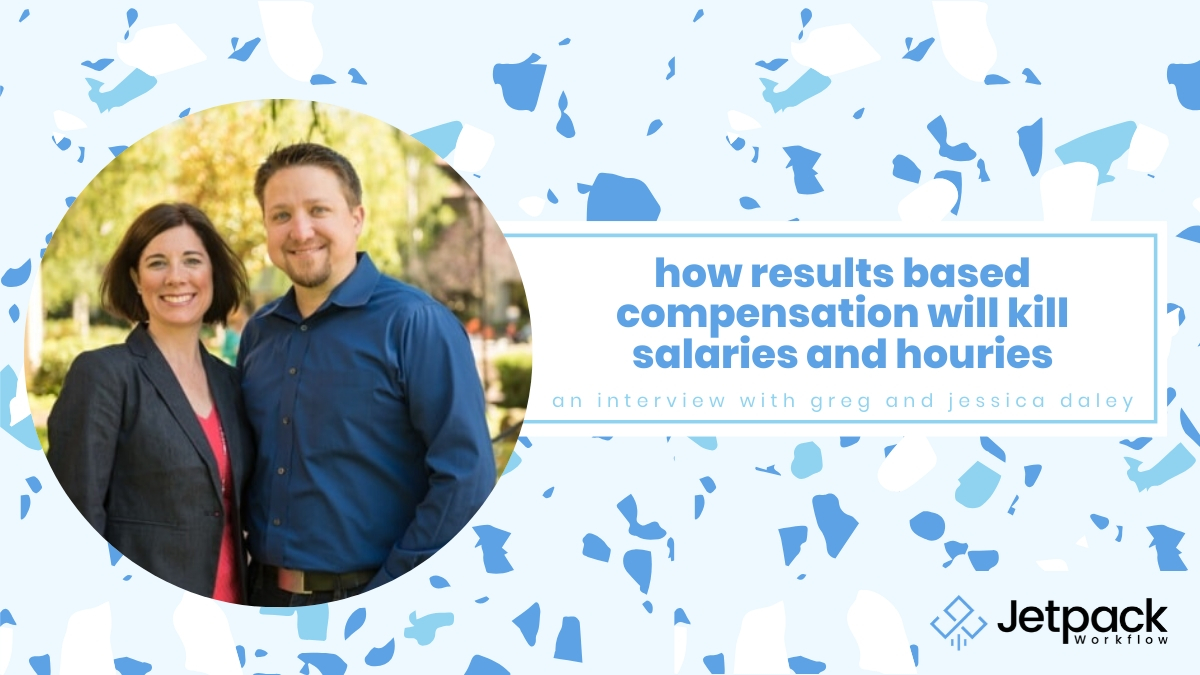How to Start an Accounting Firm From Scratch

Mike Widdis, Founder and Partner of UpSide Accounting, found himself in construction when his mother, a self-employed bookkeeper, desperately needed help offering great service to businesses. From there, Mike saw the opportunity to build and start an accounting firm from scratch.
This was in 2012, and now Mike merged his firm with another small firm and continues to grow staff and revenues.
In this episode of Growing Your Firm Podcast, David Cristello and Mike Widdis discuss:
- How Mike found his first clients without any connections
- Growing your firm through merging firms
- What Mike sees as the future in the accounting industry
Disclosure: Mike is a customer of Jetpack Workflow. You can setup your own, 14 Day Free Trial (full features) here
ADDITIONAL LINKS:
- UpSide Accounting – Mike Widdis’ firm
- Mike Widdis – Linkedin
- Mike Waddis’ email — mike “@” upsideaccounting.ca
- What a CPA Should Know About a Firm Merger (interview)
- How to Turn Your Networking Into New Accounting Clients (interview)
——————————————————————————————————————————————–
How to start an accounting firm from scratch summary
Building An Accounting Firm From Scratch
Mike Widdis broke out of the construction industry to set up an accounting firm starting from his kitchen table. His mother was a successful self-employed bookkeeper for multiple years. Her workload filled up quickly as more and more business owners struggled with their taxes and books year-in and year-out.
A lightbulb turned on in Mike’s head — an opportunity to build his own company. He had read the popular entrepreneurship book, “Rich Dad Poor Dad“. The inspiration that starting a business creates a better life pushed Mike to open UpSide Accounting.
Finding His First Clients:
As with any new entrepreneur, the first question that creeps up: “Where do I get my clients?”
Those first couple of years as a business owner can be stressful. Mike felt the same nervous feelings in his guts as most entrepreneurs, after all, he needed money to pay his personal bills.
Mike took the first steps by joining an entrepreneur network. To better integrate, he also rented an office space to meet the other startups and creatives who also gather there. After plugging away in the group, the owner of the space became one of Mike’s first clients and advocate to other business owners.
The first seeds of his firm sprouted as his first few clients in this entrepreneur network spread the word. Even today, Mike still enjoys working most with startups and creatives as the first stages of a new business are the most exciting.
On top of that, Mike attended regular conferences and events from associations, such as the Professional Bookkeeping Association.
“It’s all about the people you meet and opportunities will come your way.”
– Mike Widdis
Through networking and conferences, Mike built an influence circle where referrals develop. At a conference, he actually met one of his team members who works with UpSide as a full-time employee.
Merging With Another Firm In Order To Grow:
At a networking event, Mike bumped into Phil McTaggart. Phil, like Mike, trotted out on his own after working in various financial roles. He had started it as a side-job, and in 2015, went full-time. He was looking for clients as was Mike.
After many great discussions, Mike had another lightbulb moment. Why not merge the two firms and create a large firm?
Mike’s firm didn’t dwarf Phil’s firm as they were similar sizes. To keep everything simple and amicable, they both agreed to a 50/50 split.
Right away, Mike’s firm doubled. They decided to keep Mike’s brand, UpSide Accounting, and the firm continued to grow in its fourth year. As the firm boosted their client size, the looming need for employees crept in.
Mike, as stated, then met a current employee at a conference. It all started with a random sit-down at a table and a conversation. A major problem with any new hire comes from the catch-22:
- Hire slow when you don’t have the cash or clients
- Wait until you have clients but need to hire fast
Mike already felt the sting of losing a team member to a larger firm due to compensation reasons. But, he understands that he learns from these experiences.
The other side of the coin is uncovering the right candidates. Networking and conferences proved helpful for Mike. What might work for your firm?
DAVID’S TIP: Ask everyone you know “Who do you know?” Even ask in the unlikeliest places, people such as your Quickbooks Intuit rep — “Who do you know?” You never know where your next great employee may come from.
Mike and Phil meet each month to go over various client and firm questions. These partner meetings are a critical foundation piece for these hiring decisions and growth strategies.
Future of Accounting Firms:
As technology continues to grow, many firm owners might not think any changes will come. Mike believes differently.
Data entry and coding will definitely get automated by robots, Mike says, but there will always be a need for someone to monitor and advise the financial side.
Robots cannot take that away.
Many startup business owners and creatives will not want to do this, so Mike thinks his firm will always have a great core client base — his ideal clients!
If you had to start all over, how would you build or start your accounting firm from scratch?
Disclosure: Mike is a customer of Jetpack Workflow. You can setup your own, 14 Day Free Trial (full features) here
Related Articles:












